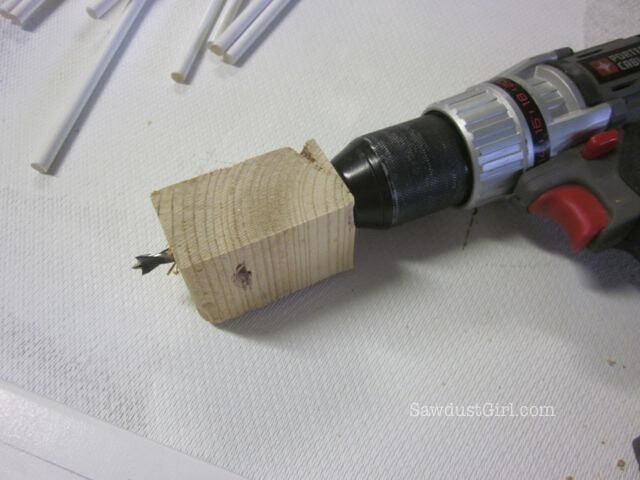I found a heavy shelf made of some sort of particle board. The shelves are fixed in place, and I would like to make them adjustable. I’m interested in cutting grooves into the interior of each side to fit shelf standards so they are flush with the surface.
What would be the best tool for the job? Dado blade on a table saw? A router? Something else? And any tips on how to avoid chipping the surface/edges next to the cuts or the ends of the boards?
Thanks!!
1 Like
Terrasel!!!
I’d consider just doing pins. The surface of particleboard usually has a lot of the strength, and cutting full on groves (especially enough to make them really adjustable) would weaken it a lot. I would make a template out of mdf or some baltic on the ShopBot, and use that. I’ll give you some pins if you need them.
2 Likes
I hadn’t thought of a template for peg holes. Practically speaking, that would probably do the trick. I just like to think over the top sometimes  . But I also thought maybe a couple passes to cut groves would be a simpler process that drilling all those holes in just the right spots. But a template would make that easier. And saving time doesn’t really mean much if the finished product isn’t going to work as well.
. But I also thought maybe a couple passes to cut groves would be a simpler process that drilling all those holes in just the right spots. But a template would make that easier. And saving time doesn’t really mean much if the finished product isn’t going to work as well.
Sure, I’ll take whatever help you can give.
2 Likes
Peg board has conveniently spaced holes in it for that sort of thing.
3 Likes
You mean to use as a template?
… That is brilliant…
What would you suggest? Just c-clamp a strip of peg board to the shelf board, and drill away?
Any pointers on how to avoid drilling too deep and going through the boards? What about keeping the holes straight? I think a drill press could do that, but would that be over the top? Would a handheld drill just cause too many headaches?
Also, any idea if the holes of the peg board would be a snug fit for shelf pegs? Seems like the best way for this idea to work would be to use a bit the size of the holes so there’s no wobbling around while trying to center the bit in each hole…
There are stops you can buy, but you can also just drill through a block of wood and let that block rest against the chuck. Just leave enough drill sticking out to do the deed. If you make the hole “just” slightly bigger than the drill, you can use it as a guide to keep the drill perpendicular to the work.

Not all peg board is created equal. I have a sheet from Home Depot and one from Lowe’s holes are not exactly the same size. They are between 1/4" and 5/16". I don’t know how big the pegs are.
2 Likes
Typical peg is 3/16", but they do vary. If the holes are 1/4", use a 1/4" drill and a 1/4" dowel. If the holes are bigger, you can use a bigger dowel, or just use a piece of pegboard that has 1/4" holes.
1 Like
There are some shelf peg hole jigs on Thingiverse.
Thingiverse: Shelf Hole Jig search.
1 Like
I like this idea, but how do you ensure that you’re drilling this block straight?
Or is it more a matter of the peg holes aren’t that deep, so it can’t be far enough off to really matter? I might be starting to overthink this 
Sounds like I need to shop for/look for pegs and peg board at the same time then. Thanks for the tip.
I hadn’t thought about making pegs from dowels. I’m assuming you mean wooden dowels, as those would be easier to cut?
Any idea how much weight those could hold? The shelf boards themselves are fairly dense, and being about 14" deep, could hold quite a bit.
 . But I also thought maybe a couple passes to cut groves would be a simpler process that drilling all those holes in just the right spots. But a template would make that easier. And saving time doesn’t really mean much if the finished product isn’t going to work as well.
. But I also thought maybe a couple passes to cut groves would be a simpler process that drilling all those holes in just the right spots. But a template would make that easier. And saving time doesn’t really mean much if the finished product isn’t going to work as well.
